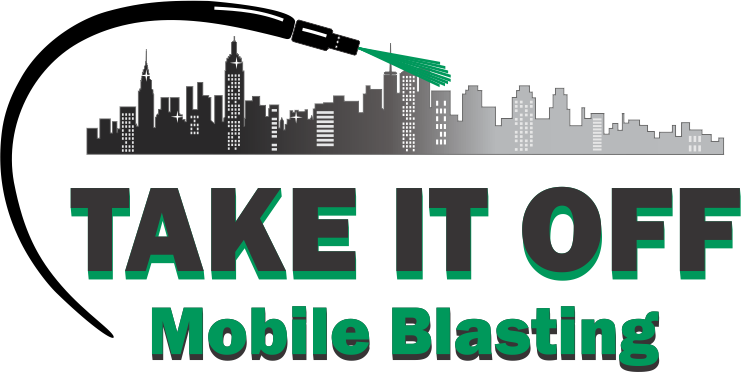Wet abrasive blasting (Wet Blasting, Slurry Blasting) and Vapor abrasive blasting (Vapor Blasting, Dustless Blasting) removes coatings, contaminants, corrosion and residues from hard surfaces. It’s like dry blasting, except that the blast media is moistened prior to impacting the surface.
The main advantage of Wet Blasting and Vapor Blasting over dry blasting is that it reduces dust, allowing for operators to work in a wide range of environments with minimal setup and cleanup costs. It results in a cleaner, more consistent finish, ready to coat, with no embedded particles or clinging dust.
WIN and HALO nozzles (Wet Blasting)
Nozzles are extensions for sandblasters that provide some dust suppression.
Water Injection Nozzles (WIN): Jets of water dampen
abrasive as it leaves the nozzle.
Halo (water ring) nozzles: A curtain of water surrounds the abrasive
blast, dampening dust after impact.
Pros: Relatively inexpensive. Suppresses 50-85% of dust*.
Cons: High water consumption.
*http://www.elcosh.org
The term Wet Blasting simply means that a “wet ring” apparatus is secured to the end of the blast nozzle, with water flowing from the wet ring into the stream of air and abrasive. But this gives the operator very little control over water flow and air pressure.
Vapor Blasting (Dustless blasting)
Water and abrasive are combined in a pot under water pressure, then injected into the airflow.
Pros: up to 95% dust suppression. Allows for finer control over the air pressure and water/abrasive mixture, allowing for blasting of a wider range of surfaces and reducing the amount of media and water expended.
What happens on impact
When abrasive impacts a hard surface, the particle often breaks or shatters, propelling finer particles into the air as dust, in addition to dust already present in the dry media. This impact can cause dry sparks charged with static electricity.
When wet abrasives impact a surface, fine particles are sequestered in water droplets. The additional water weighs the particles down, preventing dust.
The presence of water also confers more mass on the particle at impact. As the water droplet disperses, the hydrostatic force blasts away surface coating, leaving a feathered edge around the perimeter for seamless recoating.
Wet/Vapor abrasive blasting applications
Wet abrasive blasting can substitute for Dry Blasting in virtually any application, but there are surfaces, conditions and environments for which wet blasting is especially advantageous.
Alongside other workers
Dust from dry blasting presents not only an inhalation health hazard, but severely limits visibility. Whereas dry blasting operations must be sequestered from normal operations, wet blasters can work in proximity with other workers with minimal precautionary measures.
Industrial Settings
Dry Blasting can cast dry sparks charged with static electricity which can lead to explosions in the presence of flammable gases. Wet blasting does not eliminate sparks, but when sparks occur, they are cold sparks (without static electricity), minimizing the explosive potential.
Delicate surfaces
Wet blasters can operate effectively at lower PSI, removing coatings without damaging the underlying substrate. Vapor Blasting is a preferred method for blasting antique, fragile surfaces and soft surfaces (including wood). In addition, the presence of lubricating water reduces heat due to friction that can warp metal surfaces.
OUTDOOR/URBAN ENVIRONMENTS
Dry Blasting requires substantial containment/tenting to maintain airborne dust levels within legal limits. In outdoor and urban environments, such containment is not practical or cost-effective.
The advantages of using Vapor Blasting (Dustless Blasting) over Dry Blasting are numerous, but the top benefit is you’ll eliminate up to 92% of airborne dust compared to Dry Blasting.
That means if you’re blasting in public areas around bridges or parks, fewer harmful particles are entering the air. At the same time, you’ll need less containment while also saving on cleanup and disposal costs, and compared to Wet Blasting (slurry blasting), you’ll use far less media and water.
